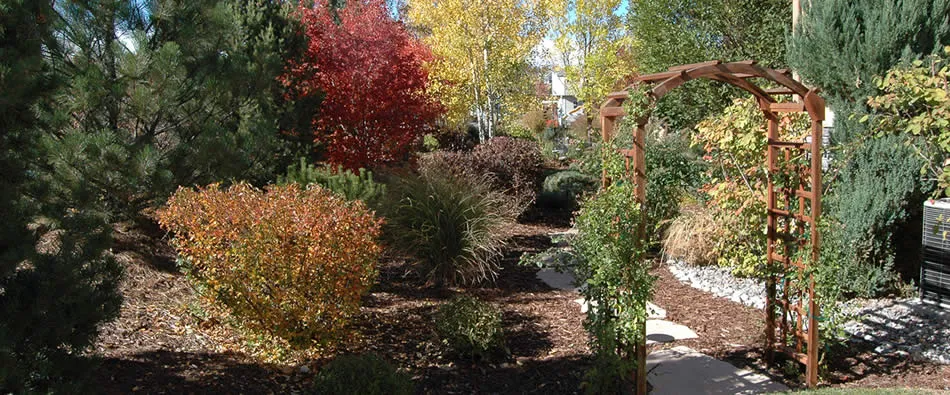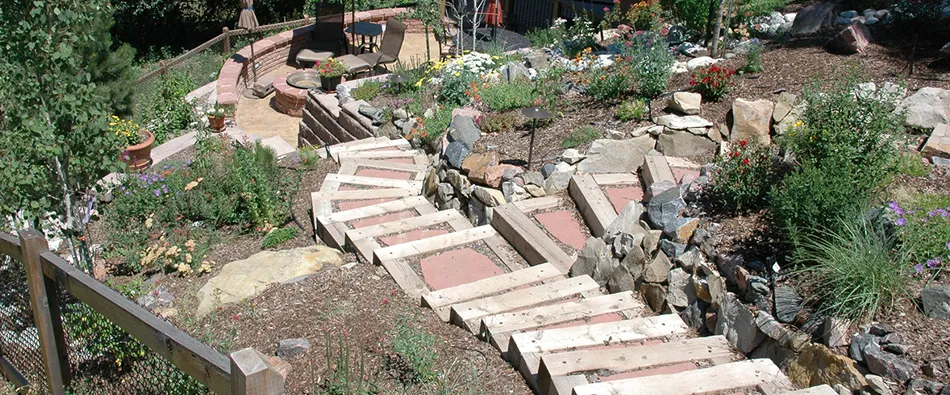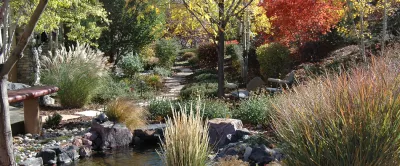Commonly Used Plant Terms
Annual -- Plants that grow, flower, and die in one growing season. Marigolds, cosmos and zinnia are among many common annuals.
Perennial -- Plants that return over multiple seasons. Perennials normally live for three or more growing seasons. Trees, shrubs, and many flowers and some vegetables are perennial. Rhubarb, asparagus, chrysanthemums and Iris are a few examples.
Biennial – Plants that take two years to complete their life cycle. During the first growing season most biennials produce a rosette of leaves. During the second growing season they flower, go to seed, and die. Examples would be foxglove (Digitalis), sweet William (Dianthus), and mullein (Verbascum).
Tree -- Woody plants that have one main stem and are at least 12 to 15 feet tall would be classified as a tree. Common trees include ash, maple and Colorado blue spruce.
Shrub -- Woody plants that have multiple branches from the base and are generally less than 12 to 15 feet tall would be called a shrub. The line between what’s considered a tall shrub and a small tree is vague; some plants might be classified as either. Dogwood and lilac are shrubs.
Vine -- Plants that trail over the ground or climb either by twining or attaching their appendages to a wire, trellis or some other supporting structure are called vines. Trumpet vine, clematis, Virginia creeper and grape are examples of common vines.
Bulb -- Bulbs are underground storage packages that contain all the food and energy needed to survive the plant’s life cycle. Tulips, onions, and daffodils grow from bulbs.
Corm -- The solid swollen parts at the base of a stem are corms. As the plant grows it consumes the food in the corm and the corm shrivels and dies and new corms grow beside or above the dead corm. Gladiolus, crocus and freesia are examples.
Rhizome -- The underground horizontal stem that grows close to or just under the surface. They produce roots, stems, leaves and flowers along the length. Bearded Iris, and cannas are examples.
Tuber -- Underground solid mass of storage tissue that has eyes or buds. The roots and grow on the bottom and sides of the tuber. Each eye is a growing point from where the plant will emerge. Examples are potatoes and tuberous begonias.
Deadhead –- To pinch back or cut off spent flowers.
Germinate –- When a seed sprouts.
Seedling -- A plant that has emerged from the seed and has roots, a stem and leaves.
Hybrid -- Crossbreeding of two plants of different species or varieties.
------------------------------------------------------------------------------------------------------
Come take a peek at our gallery page, click on each photo for a full display:
Contact us for your entire landscape design, construction and maintenance needs at:






